Taking A Long Look At Intel's Sandy Bridge
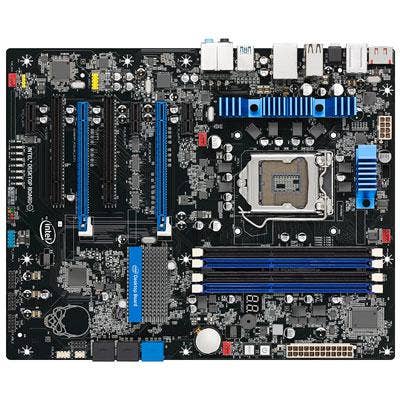
Keeping Up With The Joneses
Officially unveiled at CES 2011, Intel's Core i7 2600K and Core i5 2500K will play a major role in the channel in 2011. Aside from their rock-bottom prices, K-series chips integrate high-res graphics processing on the same die, and unlock more clock settings than a Timex repair shop. List prices are in the $200-$300 range, and performance of these quad-core processors is giving AMD's Phenom X6 parts a run for their money. And on the subject of money, if we were spending ours, we'd certainly give Intel's fast and cool K-series a serious look.
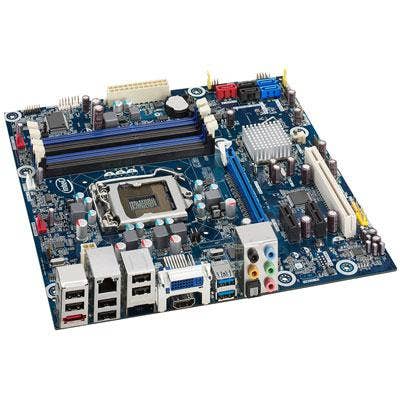
Four Cores, Four Threads
The CRN Test Center gauges performance of the 3.4-GHz Core i7 2600K on Intel's brand new DP67BG Extreme Series desktop motherboard, which lists for $184. It's built around the LGA 1155 socket and H67 Express chipset -- both are required for the K-series. Also known as Socket H2, the LGA 1155 replaces (and is not compatible with) Socket H. Delivering a maximum Geekbench score of 12,286, the four-core, eight-thread 2600K broke performance records and even outpaced the six-core AMD Phenom X6 1100T ($265 list price) by about 15 percent.
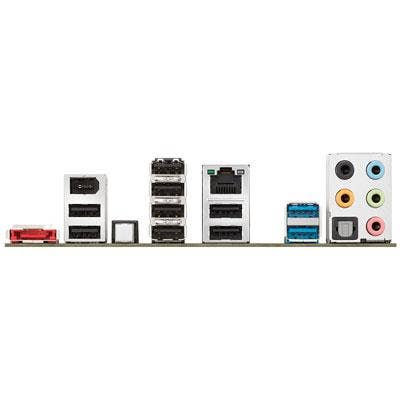
Promising Parts Provide Plentiful Ports
The Test Center measured performance of Intel's Core i5 2500K on the new DH76BL motherboard, which lists for $107. With performance and clock speed on par with the six-core Phenom 1100T, the four-core, four-thread 2500K turned in a peak Geekbench score of 10,026, coming close to the 1100T's high score of 10,601. Also in the same ballpark price-wise, Intel's integrated GPU gives it the edge both on cost and on versatility of data processing thanks to Quick Sync, the company's proprietary coder/decoder for acceleration of on-the-fly media conversions.
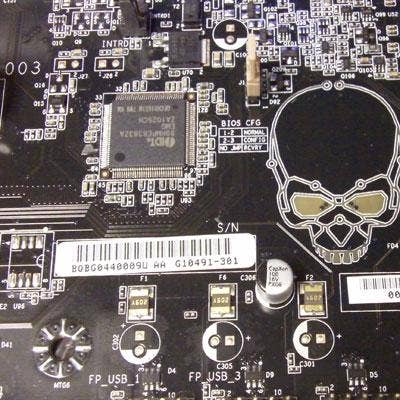
LEDs: The New Bells And Whistles
The rear panel of the DP67BG motherboard provides just a fraction of the total number of I/O ports delivered by this capable foundation. Among the ports shown here are eight of the total of 16 USB ports (two of which support the "SuperSpeed" USB 3.0 spec controlled by a dedicated NEC circuit), one 3GB/s SATA port of the seven total (two of which support the 6GB/s spec), and ports for Intel's 10-channel High Definition Audio with optical output plus support for HDMI via an internal S/PIDF output header. The kit also includes a Bluetooth/WiFi connector, which attaches to one of the internal USB connectors. Nice touch.
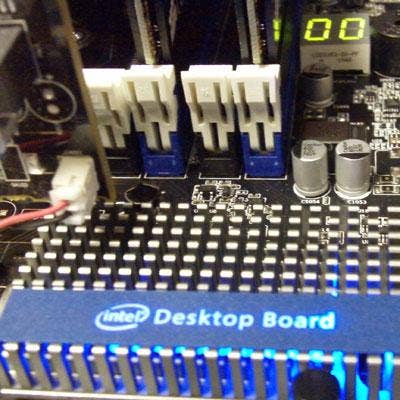
Anatomy Of A Tweaker
With its BG motherboard, Intel appeals to gamers and enthusiasts with more LEDs, including those illuminating the chipset (shown), CPU thermal unit and skull eyes that light up to indicate hard drive access. Other "extreme" features include (claims of) shorter boot times through BIOS changes and a numerical LED (top) that displays POST codes for debugging and for troubleshooting possible roadblocks to increases in system performance.
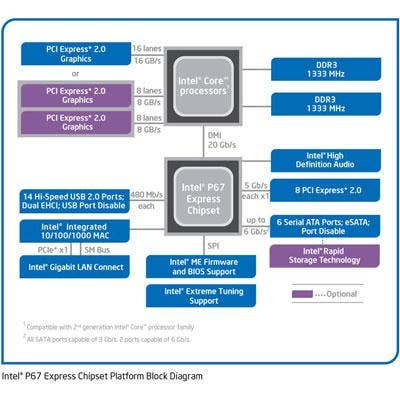
Who's The Fairest Geek Of All?
The biggest difference between P67 and those that came before is the ability to tweak CPU and memory voltage and multiplier rates. Officially dubbed the BD82P67 PCH (code-name Cougar Point), the P67 also supports the 6GB/s SATA specification, more USB ports and increases I/O communication speeds generally.
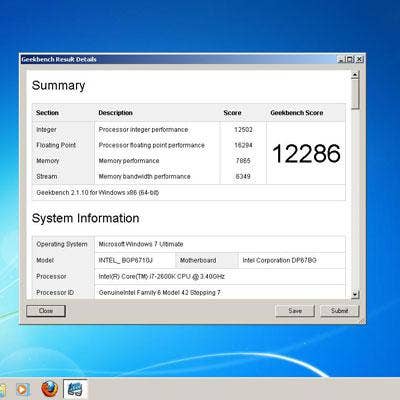
A Peek Inside Peak Performance
The CRN Test Center has standardized on Geekbench from Primate Labs as its official performance benchmark for desktops, laptops and servers. The free tool runs on iPhone OS, Linux, Mac OS X and Windows, supports multiple processors and is continually upgraded and maintained. Although the current version is 2.1.11, all Sandy Bridge testing was conducted with 2.1.10.
What's more, there's also a Geekbench results database, where you'll find most of our test results (along with lots of others).
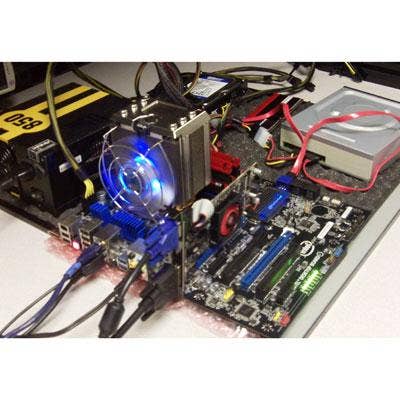
Testing Time
Testing was done using our standard test fixture, which includes an 850-watt Antec power supply, a 250-GB Western Digital hard drive from which we run 64-bit Windows 7 Ultimate with 4GB of Dominator GT 2000 MHz DDR3 memory, and a DVD writer from Sony.